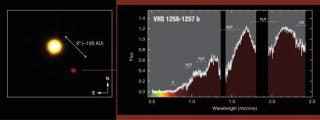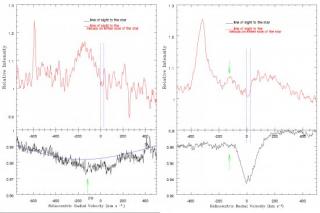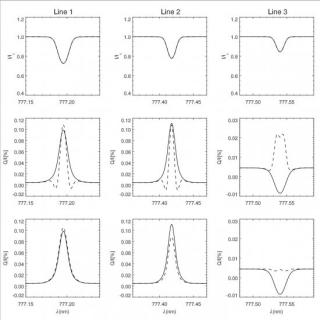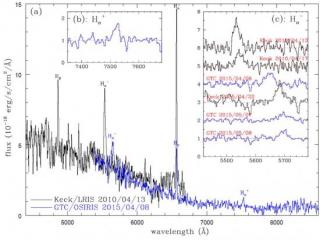
In a search for common proper motion companions using the VISTA Hemisphere Survey (VHS) and the 2MASS catalogs we have identi fied a very red (J-Ks = 2.47 mag) late-L dwarf companion of a previously unrecognized M dwarf VHSJ125601.92-125723.9 (hereafter VHS1256-1257), located at a projected angular separation of 8.06"+/-0.03". In this work we present a suite of astrometric, photometric, and spectroscopic observations of this new pair in an effort to confirm the companionship and characterize the components. From low-resolution (R_130-600) optical and near-infrared spectroscopy we classi fied
Advertised on



